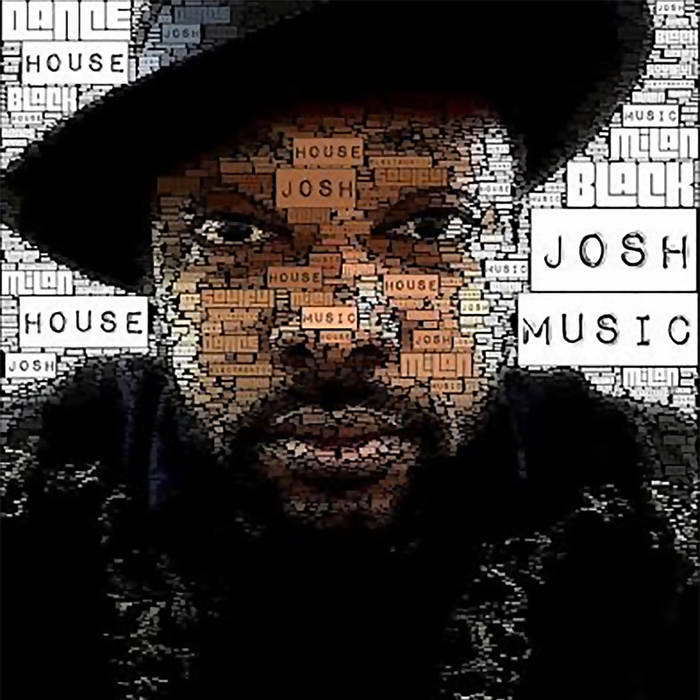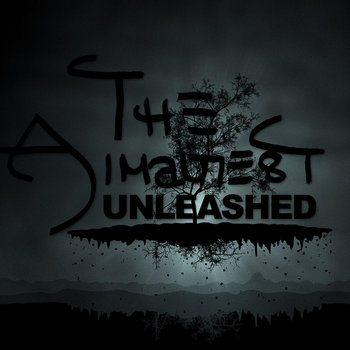
Written by Joan E. Solsman — In the U.S., labels and artists make more money from vinyl record sales — yes, vinyl record sales — than in payouts from services like YouTube, group says.
Services like YouTube draw the world’s biggest audience of music fans, but only pay out about 4 percent of total revenue to labels and artists, an industry group says. In the U.S., that’s even less than they make from vinyl records.
YouTube is the biggest service of its kind, estimated by researcher Midia to draw 800 million monthly music video viewers. But it and similar services that make money from advertising paid out a small amount of the global revenues that help artists and labels stay in business and create, according to an annual report Tuesday from the International Federation of the Phonographic Industry.
The amount is so low, a trade group said, that revenue from ad-supported streaming generated less money than vinyl records in some big music markets like the United States. IFPI represents the interests of the music industry globally.
A YouTube spokesperson responded that Google has paid out more than $3 billion to the music industry overall, and said that in recent years, only about 20 percent of people have historically been willing to pay for music.
“YouTube is helping artists and labels monetize the remaining 80 percent,” YouTube said.
YouTube also launched a paid tier last year in which members contribute revenue to the music industry. And the music videos that get the most YouTube views tend to get the most views are the ones from labels.
Consumers are shifting paying to own music to services that stream music and make money from subscriptions or advertising. Both IFPI and its peer organization in the U.S., the Recording Industry Association of America, or RIAA, published studies that say streaming grew much faster than other sectors last year. Both said ad-supported streaming services don’t pay their fair share.
IFPI calls it a market distortion and a “value gap.” YouTube’s 800 million music viewers a month compares to only about 65 million paying members to music subscription services like Spotify and Apple Music, it said.
But subscriptions alone generated an estimate $2 billion in 2015, while revenue from free, ad-supported services like YouTube was $634 million.
Both the IFPI and the RIAA have claimed tech companies are exploiting what’s known as “safe harbor” provisions in laws like 1998’s Digital Millennium Copyright Act in the U.S.
For its part, YouTube has said in filings to the U.S. Copyright Office that the facts don’t back up those claims, saying it’s “simply false” that safe-harbor provisions are the culprit behind any value gap for music. YouTube has had license agreements with labels for many years, and it relies on those licenses more than safe-harbor provisions, the company said in its filing.
Click here to read from this article's source.












































